Gherkins, those small tangy cucumbers, are a staple on summer tables. They add a touch of freshness and crunch to your salads, sandwiches, and other culinary creations. But did you know that you can make your own homemade jars of gherkins? Besides being a fun and rewarding activity, it allows you to enjoy your garden harvests all year round.
Discover how to make homemade jars of gherkins that will let you enjoy your preserved harvests throughout the year.

When to harvest gherkins?
- Gherkin harvest generally takes place in summer, from July to September, about 50 to 70 days after sowing the seeds.
- It is essential to regularly monitor your cucumber plants, as gherkins grow quickly.
- Harvest them when they have a uniform green colour, with no signs of yellowing or browning.
- The ideal size for harvesting depends on your preferences, but gherkin are usually picked when they measure between 5 and 15 cm long. To preserve the plant, use a pruning shear or garden scissors to cut the gherkins from the plant, leaving about 1 cm of stem attached to the fruit.
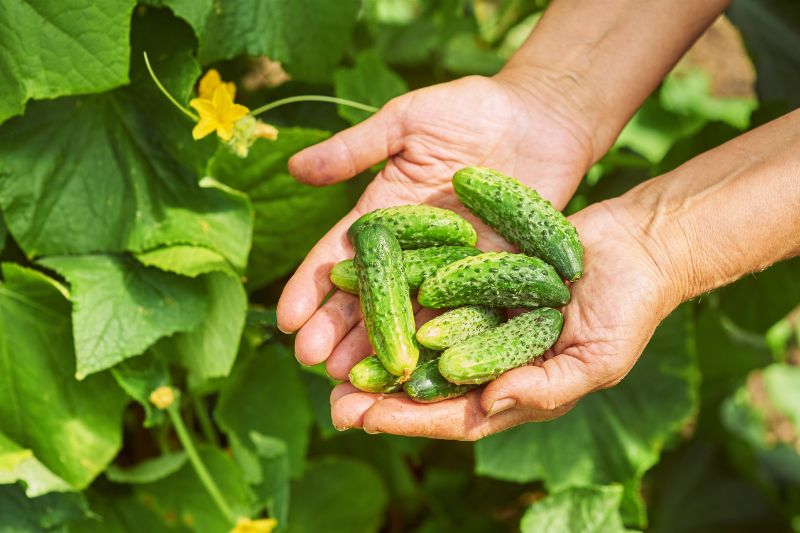
Which cucumber variety to choose?
Gherkin 'Petit de Paris'
Gherkin 'Petit de Paris' is a traditional variety that produces small, cylindrical, slightly bumpy fruits. It is considered a classic gherkin, with a high yield and a delightfully fine flavour: a reliable option!
Gherkin 'Hokus'
Gherkin 'Hokus' is a high-quality variety, resistant to diseases, particularly cladosporium, and very productive. It produces an abundance of dark green, spine-free fruits that are tasty and free from bitterness over an extended period.
Gherkin 'de Bourbonne'
Gherkin 'de Bourbonne' is a variety distinguished by its earliness, productivity, and vigour. It has the advantage of being harvested at ripeness to be enjoyed as a cucumber. This variety yields a large quantity of long, slender, and crunchy fruits.
Gherkin 'Russe'
Gherkin 'Russe' is characterised by its earliness and good productivity. It is also distinguished by its larger fruits, shaped and sized like a hen's egg, perfect for preparing "malossol" (or "molossol") gherkins. This traditional gherkin offers a good yield and has a delicate flavour, requiring no pruning.
Gherkin 'Fin de Meaux'
Gherkin 'Fin de Meaux' is a traditional variety that combines hardiness, productivity, and earliness, offering short, elongated, and smooth fruits. This old variety has good taste quality.
-> Also find our other gherkin varieties (Cucumis sativus)
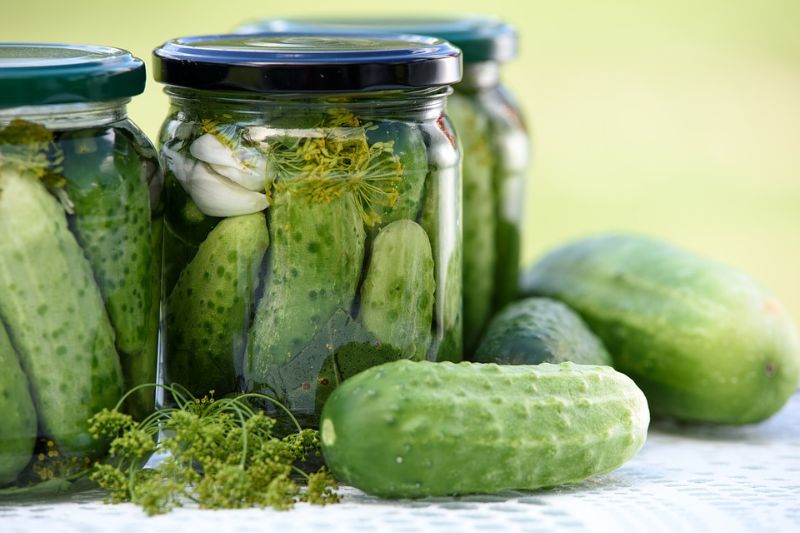
Steps for homemade gherkins
1- Before you start:
- Wash the jars and lids in hot soapy water, then rinse them in clear water.
- Place the jars and lids in a pot of boiling water for 10 minutes to sterilise them. Carefully remove them from the water and let them dry on a clean towel.
2- In a saucepan, mix one litre of vinegar with one litre of water and 50 grams of salt (amount for 1 kilogram of gherkins).
3- Bring the mixture to a boil, then reduce the heat and let it simmer for 5 minutes.
4- Remove from heat and let cool.
5- Wash the gherkins thoroughly in cold water to remove any traces of soil or dirt. Trim the ends of the gherkins and let them drain.
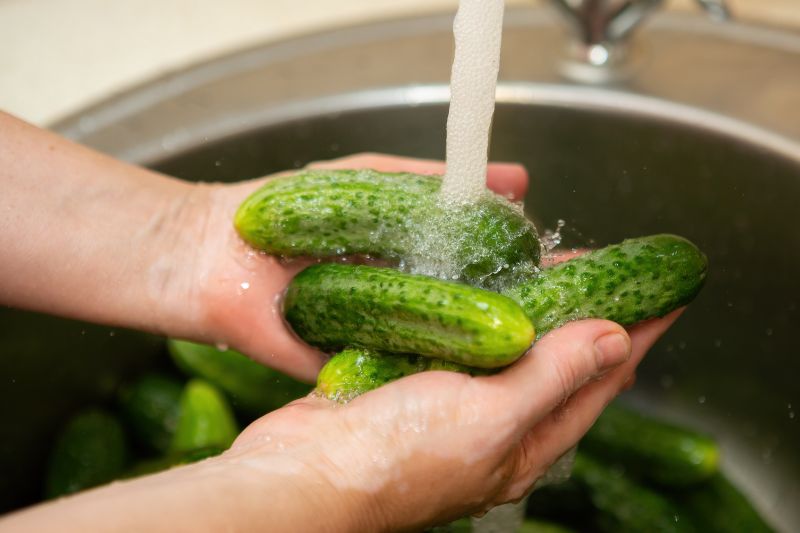
6- Place a few peppercorns, coriander seeds, a bay leaf, a peeled clove of garlic, and a few sprigs of dill at the bottom of each jar.
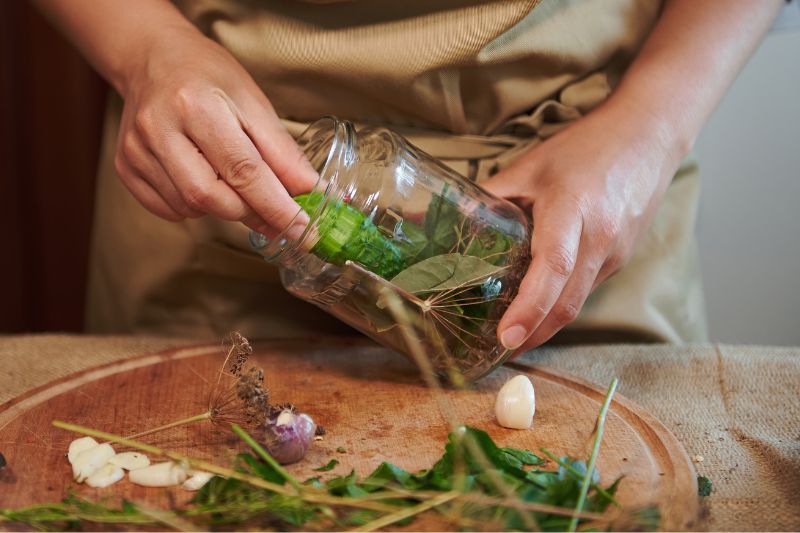
7- Fill the jars with the gherkins, packing them tightly.
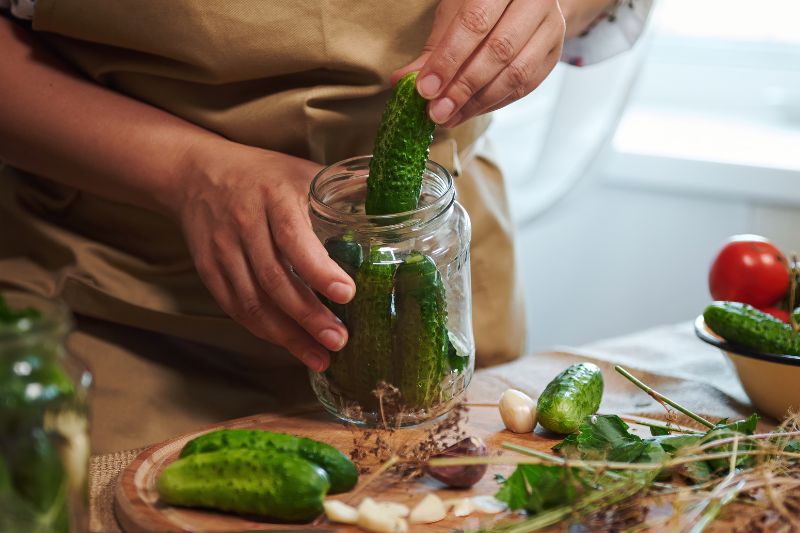
8- Pour the cooled brine into the jars, leaving about 1 cm of space at the top. Ensure that the gherkins are completely covered with brine.
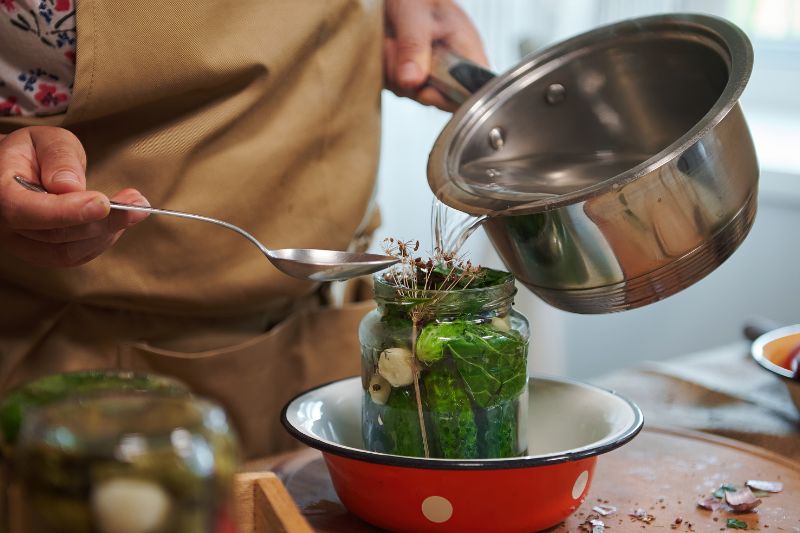
9- Wipe the rims of the jars with a clean towel to remove any traces of brine. Seal the jars tightly with the sterilised lids.
10- Place the jar in a cool, dark place for at least 2 to 3 weeks to allow the gherkins to marinate and develop their flavour.
Storage
- Unopened jars of gherkins can be stored for several months, even up to a year, in a cool, dark place.
- Once opened, gherkins should be consumed within 2-3 months and stored in the refrigerator.
Ingredients and utensils
Ingredients for 1 kilogram of gherkins :
- Fresh gherkins (about 1 kg)
- White vinegar (1 litre)
- Water (1 litre)
- 50 g of salt
- Black peppercorns (about 1 tablespoon)
- Coriander seeds (about 1 tablespoon)
- Bay leaves (about 4-5)
- Garlic (about 4-5 cloves)
- Fresh dill (1 bunch)
Equipment:
- Glass jars with airtight lids
- saucepan
- Wooden spoon
- Clean towel































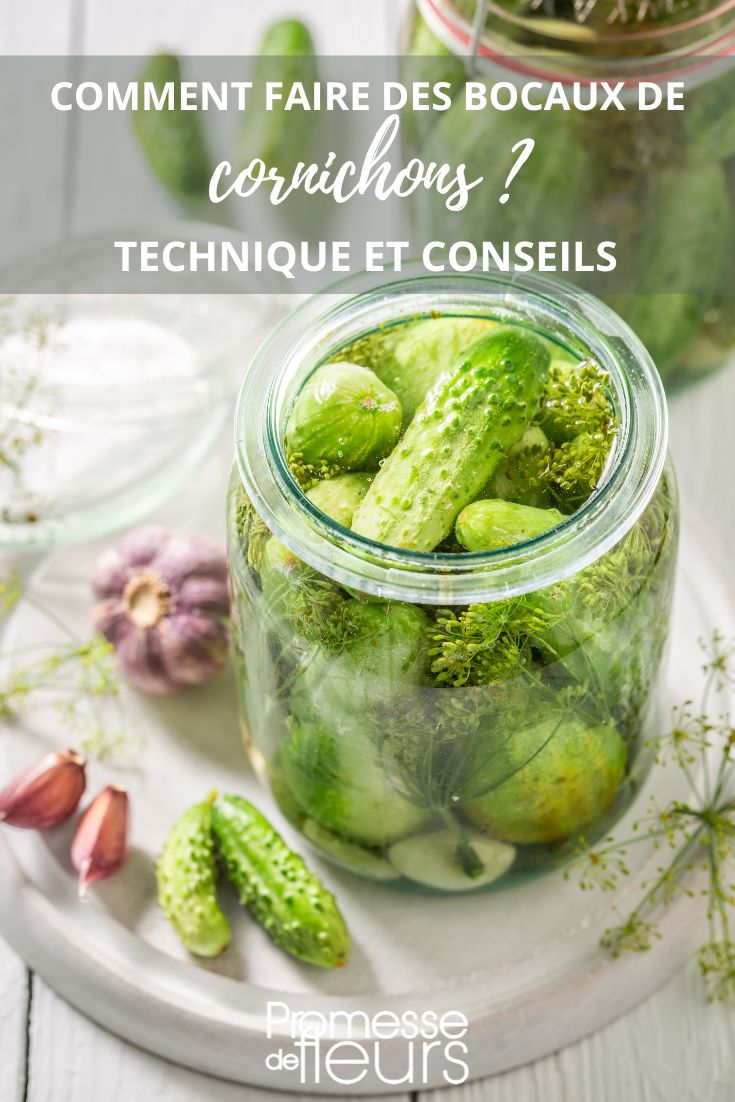
Comments